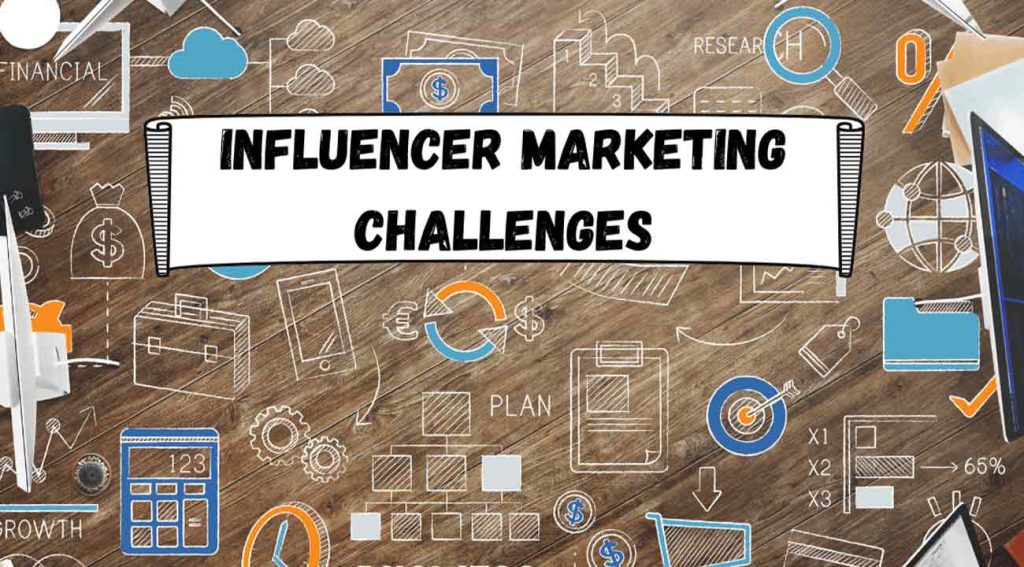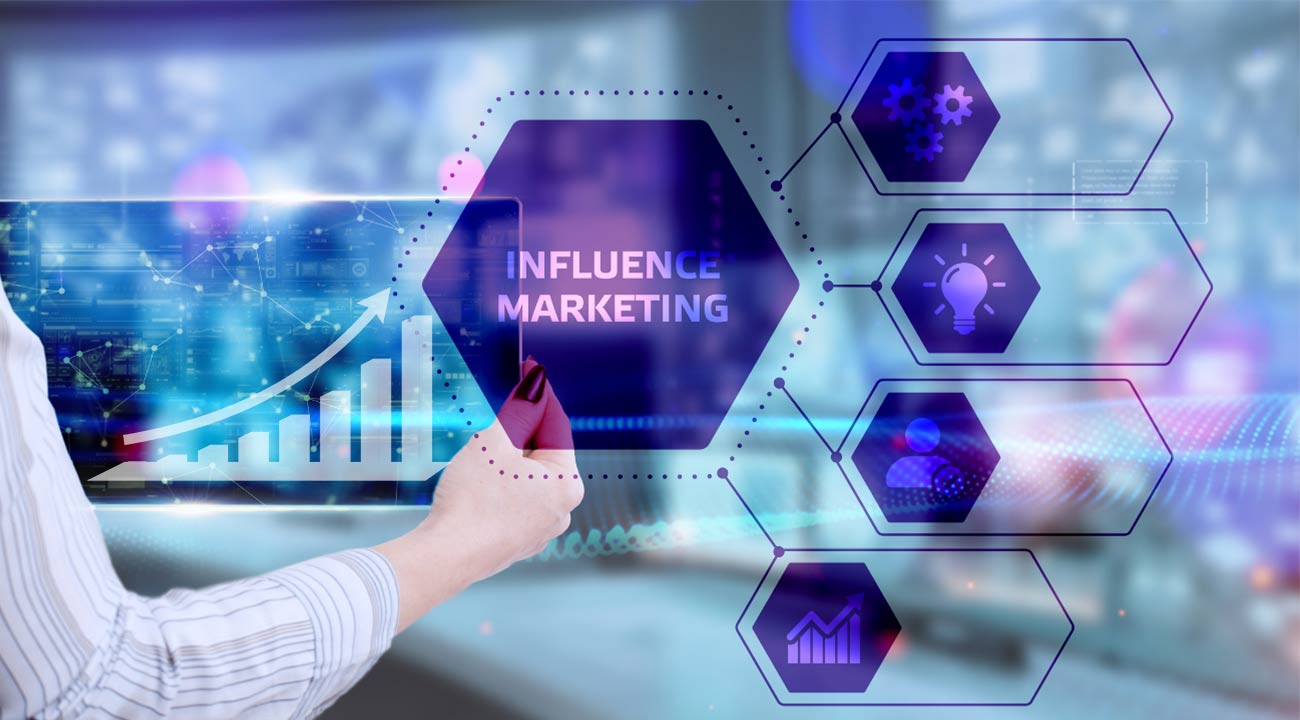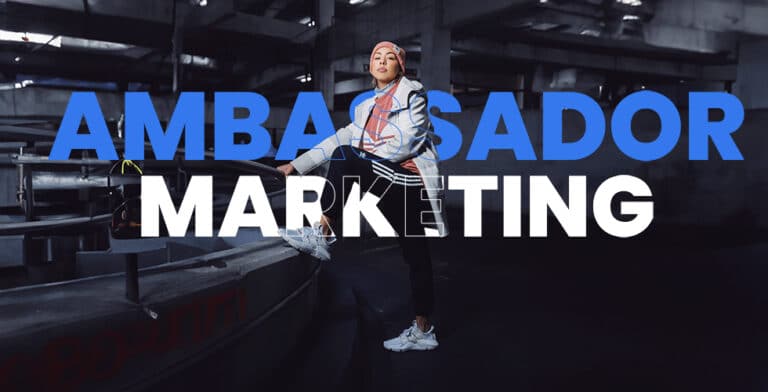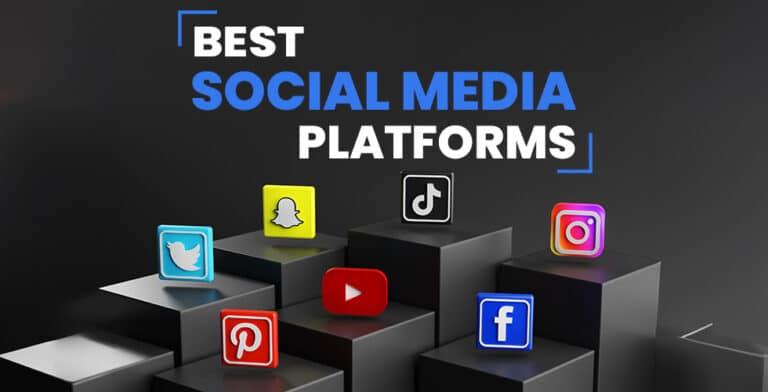Influencers have become a force to reckon with in the marketing world. A strong recommendation from a well-reputed influencer is enough to boost a brand’s growth through the roof. On the flip side, a single negative review is also sufficient to destroy a brand’s entire credibility. This just goes to show how much power influencers hold in today’s time. As a matter of fact, the buying decision of Gen Z is highly dependent on what their favorite influencer has to say about a product. And given that Gen Z are the future buyers of the world, influencers have a direct correlation with the global market.
So, the question is – Does influencer marketing increase sales?
The short answer is – Yes. However, to do so, we will have to look at how influencers affect a brand. However, the effectiveness of influencer marketing depends on several factors, including the type of product being sold, the audience being targeted, and the influencer themselves. In this article, we will be taking a look at how influencers drive sales for different businesses and brands.
Does Influencer Marketing Result In Better ROI?
According to market research conducted by experts, it has been discovered that influencer marketing has 11 times the ROI of banner ads. That is why many marketers now have standalone budgets for influencer marketing. And for those who are already invested, have increased their budget. On average, businesses that invest in influencer marketing generate $6.5 for every $1 they spend. Social media platforms like Facebook, Instagram, Twitter, and TikTok produce the best results, with blogs following closely behind. Overall, in terms of ROI, influencer marketing is uncontested at this point.
What Are The Most Used Platforms By Influencers?
The most used platforms by influencers are Instagram, YouTube, Facebook, Twitter, and TikTok, as per Influencer Marketing Hub. Here is a comparison of the data as of the end of 2022.
| Platforms | % Usage |
| YouTube | 48 |
| 69 | |
| 68 | |
| 32 | |
| TikTok | 68 |
From the above table, it can be observed that Instagram, Facebook, and TikTok are still the most popular when it comes to influencer marketing, with YouTube and Twitter coming in second and third place, respectively.
How Does Influencer Marketing Increase Sales?
There are several ways that influencer marketing can affect sales. Below we have listed some of the most prominent reasons why businesses are choosing to employ influencers for their promotional endeavors.
Builds Trust With The Audience
Influencers have become pivotal in how people discover and interact with new brands. A lot of the purchase decisions are determined by influencers as people trust their recommendations. They look at influencers as someone who they can relate to, which is why they trust them so much. This is especially true for micro and nano influencers, as they have a more intimate bond with their audience. Companies can leverage this relationship by hiring credible influencers that people believe in, which in turn builds trust in the brand.
Long-Term Partnerships
In relation to the point stated above, once a company has invested in an influencer to promote its brand, it is also important for the business to develop a long-term partnership with them. Long-term partnerships are more valuable than one-off campaigns as it creates an avenue for recurring revenue, especially if the influencer was successful in converting their audience to customers. That is because once the follower tries the product recommended to them and is satisfied with it, they are likely to develop a deeper sense of trust in the influencer as well as the brand. Hence, they will buy more products that the influencer suggests.
Improves Brand Reach
When partnering with an influencer who has a large number of followers, a brand can improve its overall reach and awareness. In addition, it also helps to increase sales. For instance, if an up-and-coming cosmetics brand partners up with Kylie Jenner, who has almost 400 million followers on Instagram as of the time of writing, the brand can significantly increase its reach. Even if we assume that only 0.5% of Kylie’s followers decide to buy the product, that is still 2 million sales from a single photo or video. However, hiring an influencer of that caliber is going to be very expensive for the brand, which is an important consideration to take into account when determining the ROI.
Establishes Social Proof
Social proof is a psychological phenomenon where people copy the actions of others, especially those who they look up to. When people go shopping or are thinking of making a purchase online, they first look through the reviews left by other people as well as influencers. For instance, if you ever bought a new phone or laptop, did you look up the reviews on YouTube? Or scrolled through the comment section to see what people were saying? In the likely chance that you have, this is an example of how social proof works. People seek out what other people are saying about a particular product or service before investing in it. And influencers play a huge role in this phenomenon as a lot of people look to them for social proof. Hence, if an influencer along with their audience likes a brand’s offerings, then it will establish social proof for other people. In turn, this will generate more sales.
Challenges Of Influencer Marketing
Despite the plethora of advantages that influencer marketing offers, there are certain challenges and limitations that marketers should be aware of.

Choosing The Wrong Influencer
Sometimes it can be difficult for brands to choose the right influencer. The most common mistake that some brands make is partnering with an influencer who is in a completely different niche from the company. For example, if a skincare brand promotes its products via a tech influencer, then it would simply not work. Moreover, this could also backfire as it would become very obvious to the audience that they are being recommended a product just because the influencer was paid to do so. This can be extremely detrimental to the image of the influencer as well as the brand.
Targeting The Wrong Demographic
While it is true that a large portion of the world’s population is now connected to the internet, not all of them can be reached through influencer marketing. With certain demographics, using traditional marketing approaches will be more effective than digital marketing. For instance, influencer marketing works best when employed on people within the age range of 11 to 26 years old. However, it will fail to generate sales if the target demographic is between the ages of 41 to 56 years old. For people of an older generation, banner ads and static media have a better conversion rate than influencer marketing. Hence, it is imperative for companies to determine who their customers are and where they can be easily reached. This also extends to the age group, location, and interest of the influencer’s audience.
Partnering With Fake Influencers
Given how popular influencers have become over the course of the last decade, this has led to an increase in the number of people wanting to be influencers themselves. But this has also given rise to many fake influencers who have inflated subscriber or follower counts due to using bots. Therefore, if a company partners with these kinds of influencers, they won’t see the expected results from their campaign as the influencer does not have any real following.
Does Influencer Marketing Increase Sales?
If you have come to this portion of the article, then we believe that you should have your answer by now. To reiterate, influencer marketing can generate large volumes of sales if the brand partners with the right person. But it is also important to keep the challenges of influencer marketing in mind as well. As long as the company makes a decision after carefully considering the target audience, the product being sold, and the influencer themselves, then this strategy can net immense revenue, sales, and ROI.




